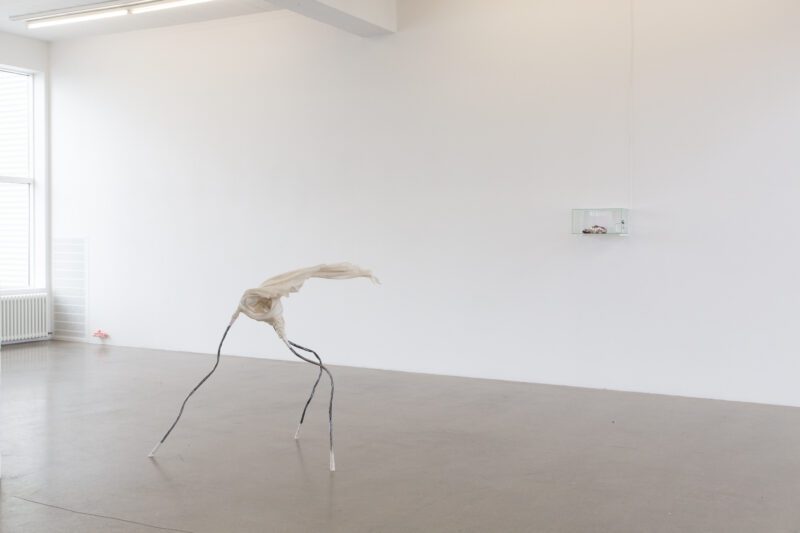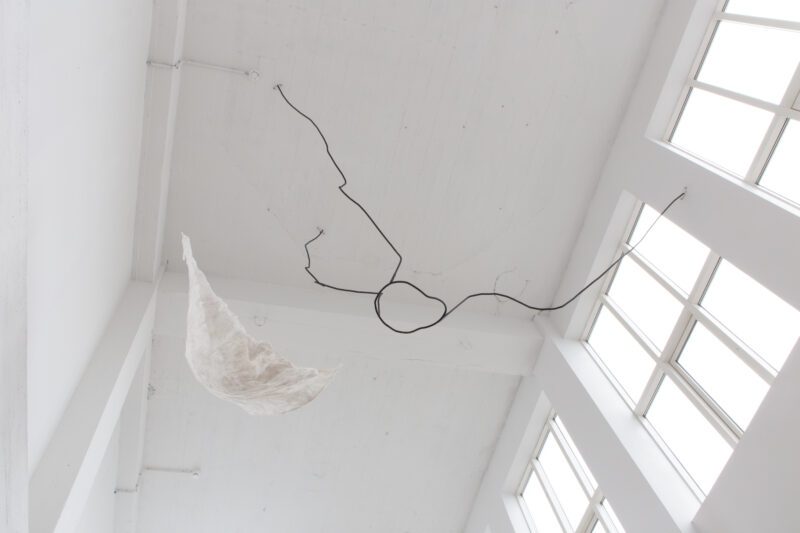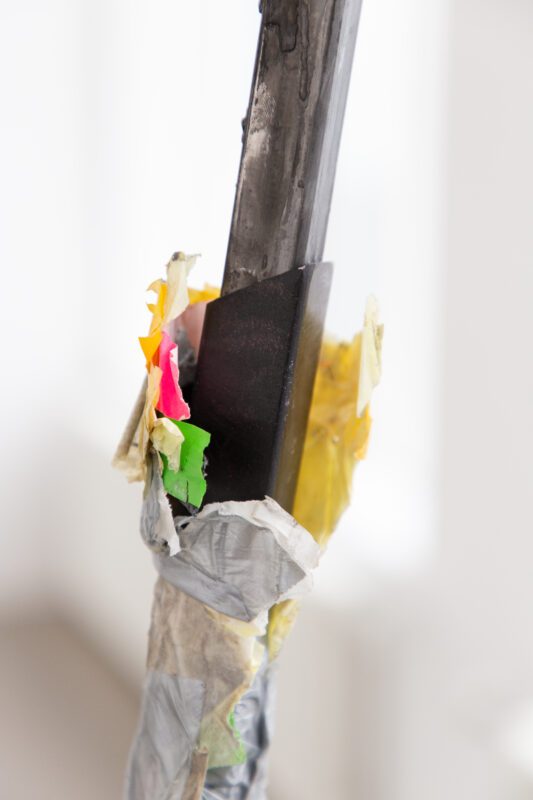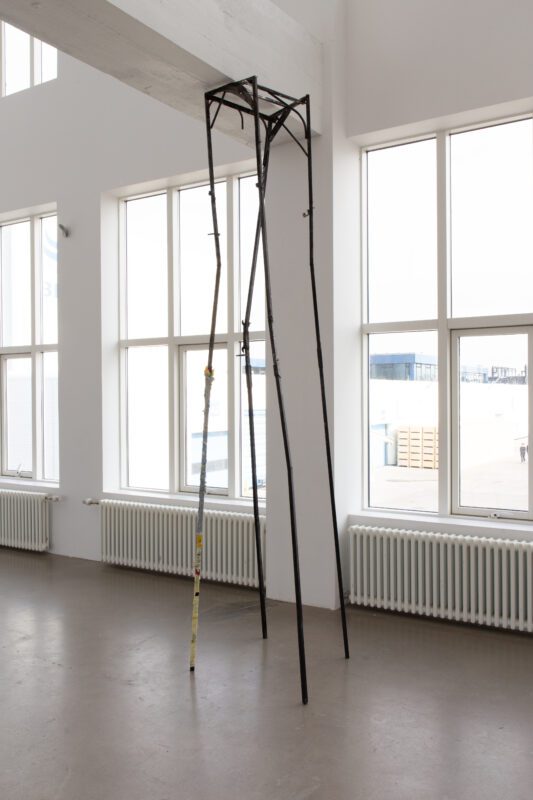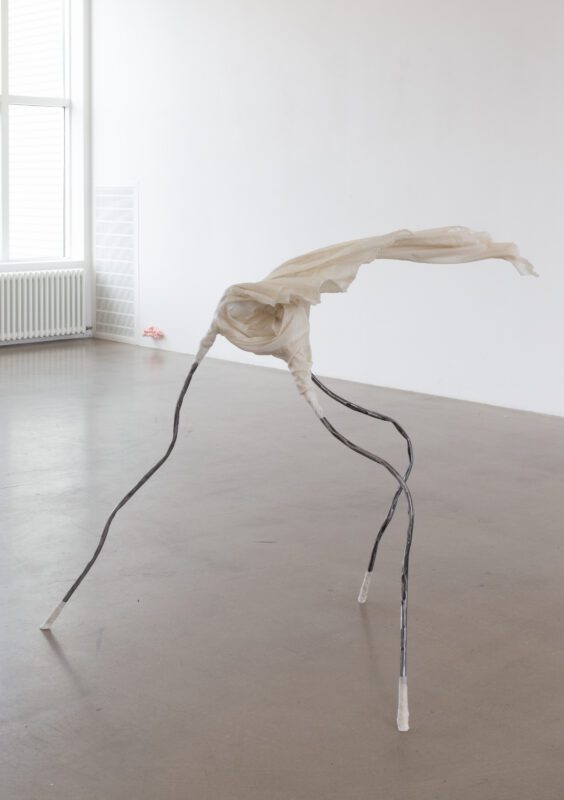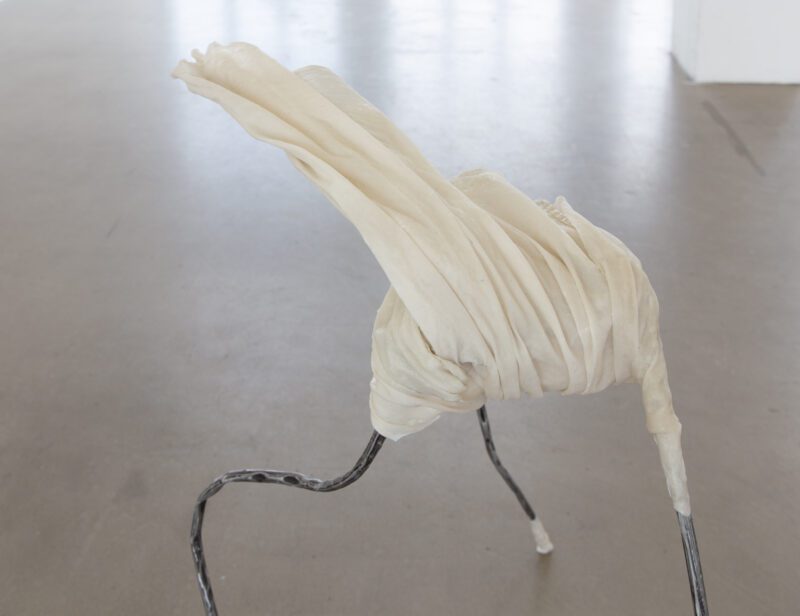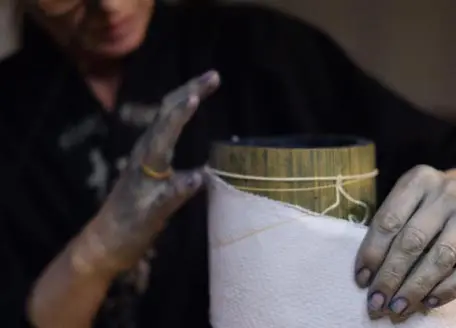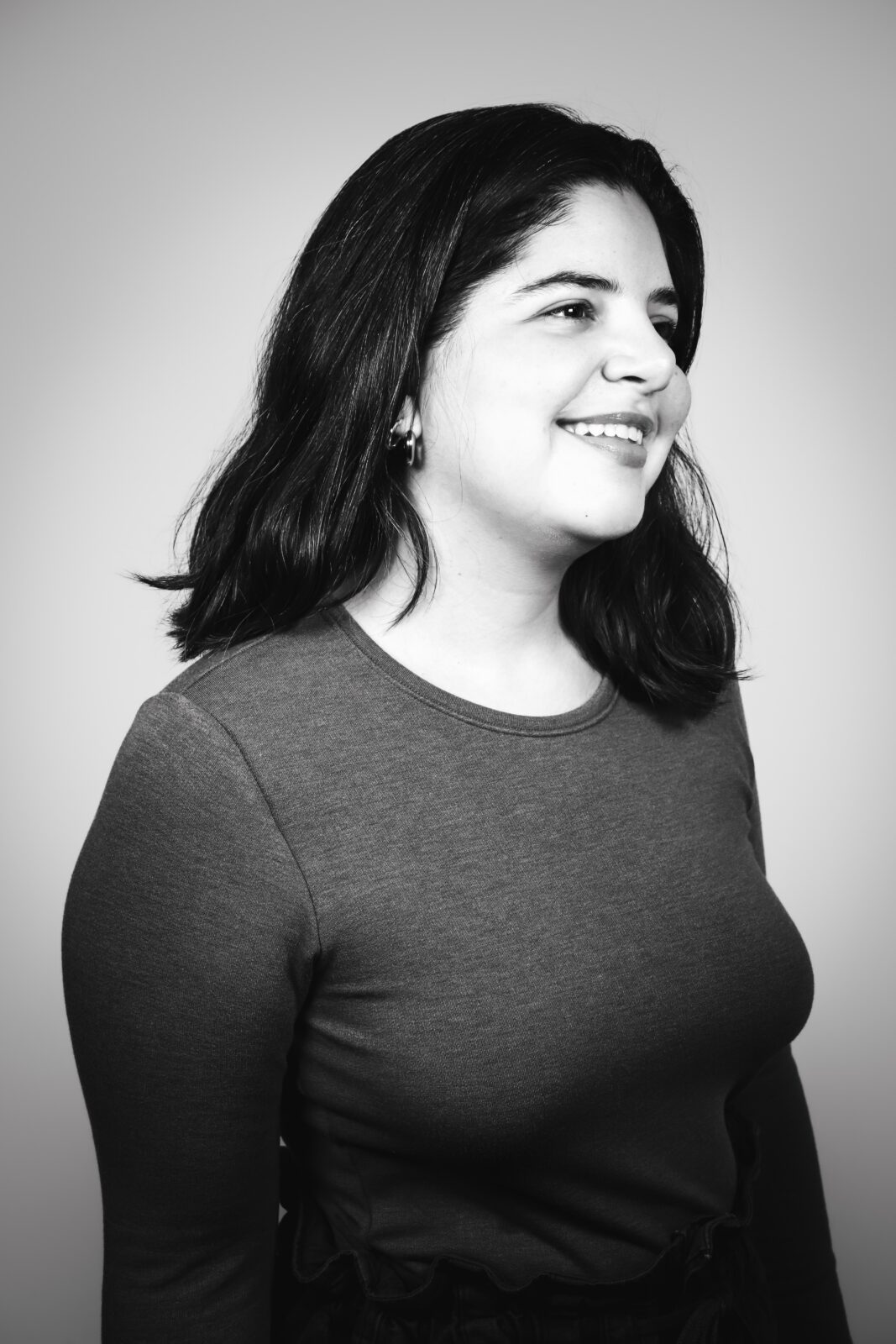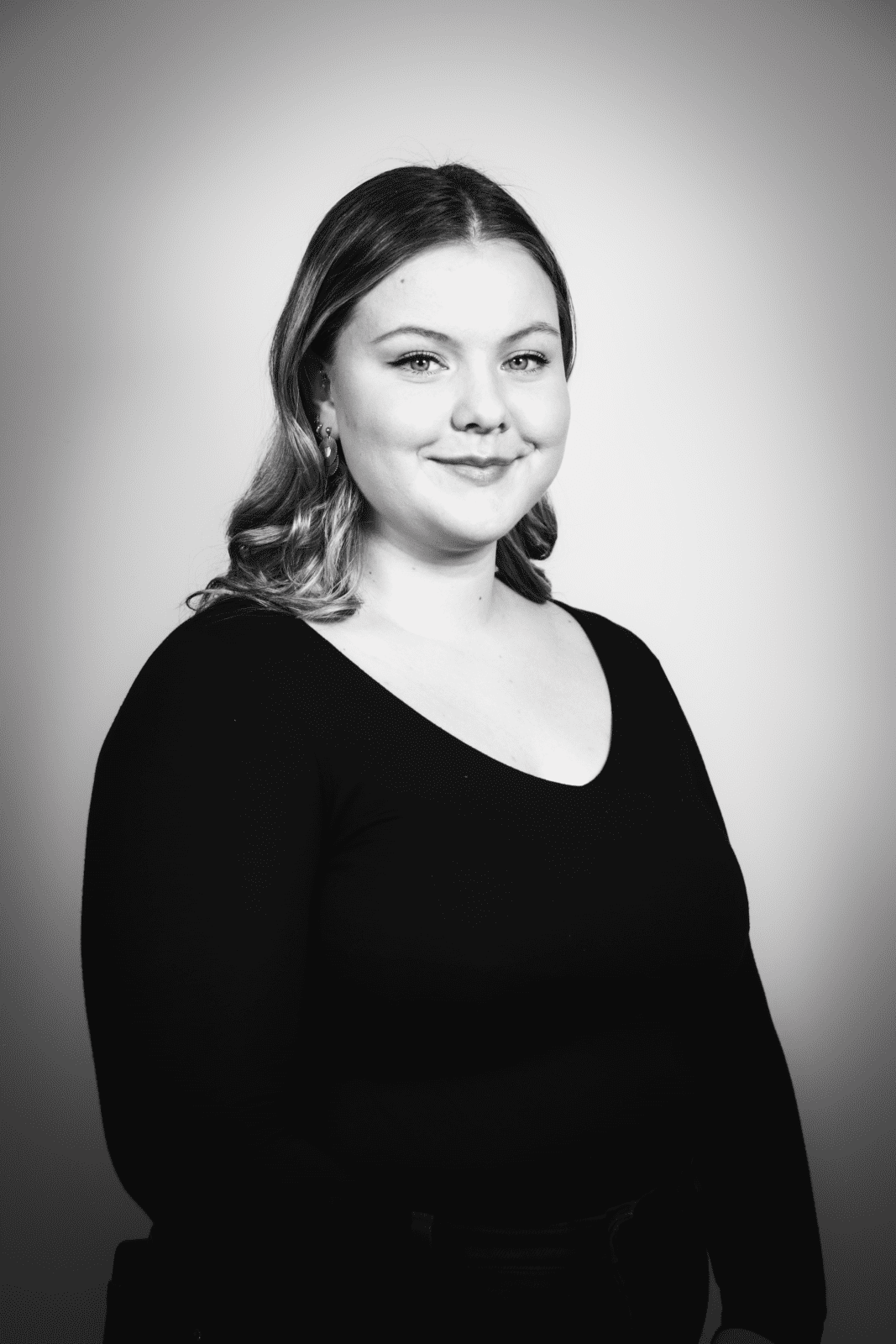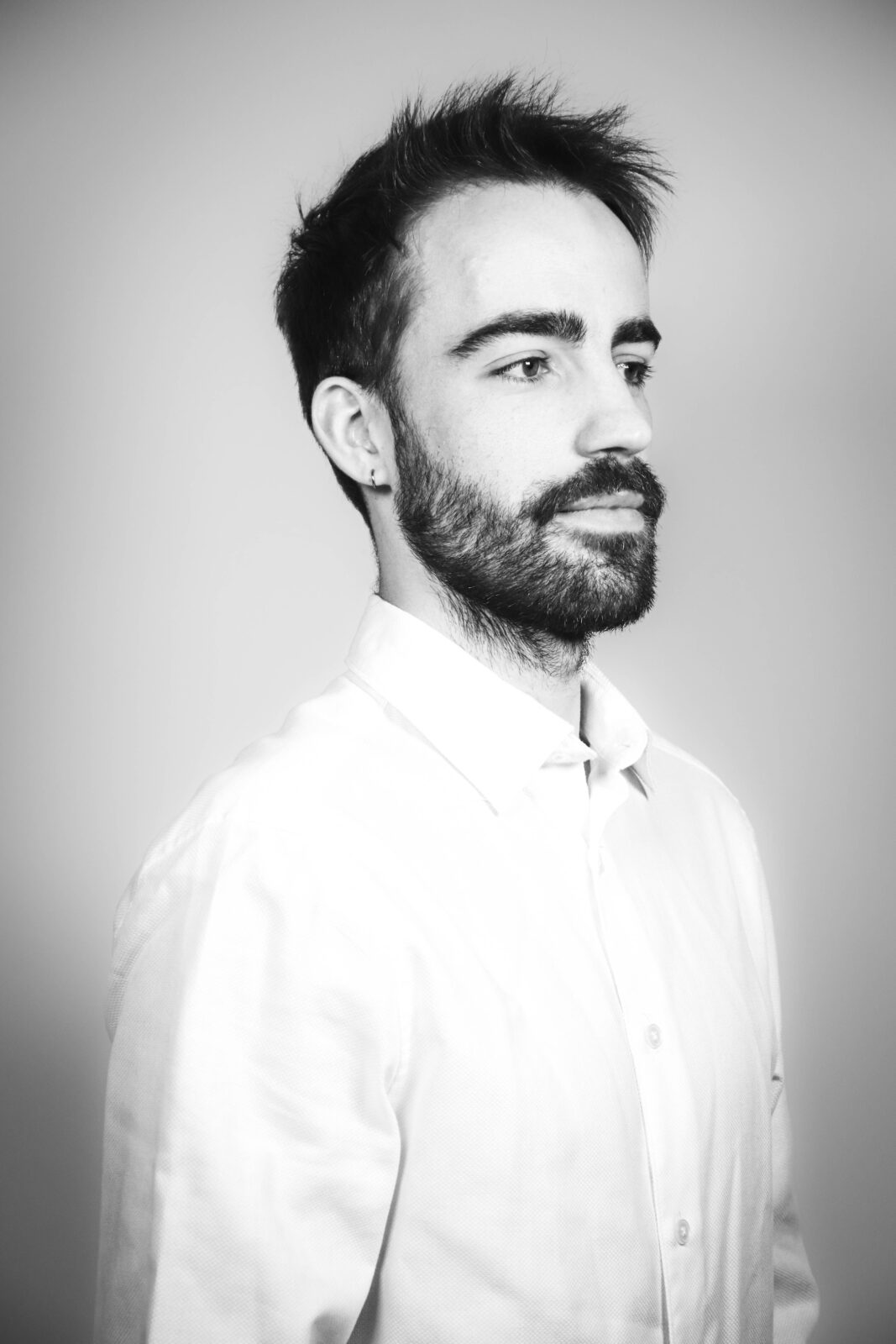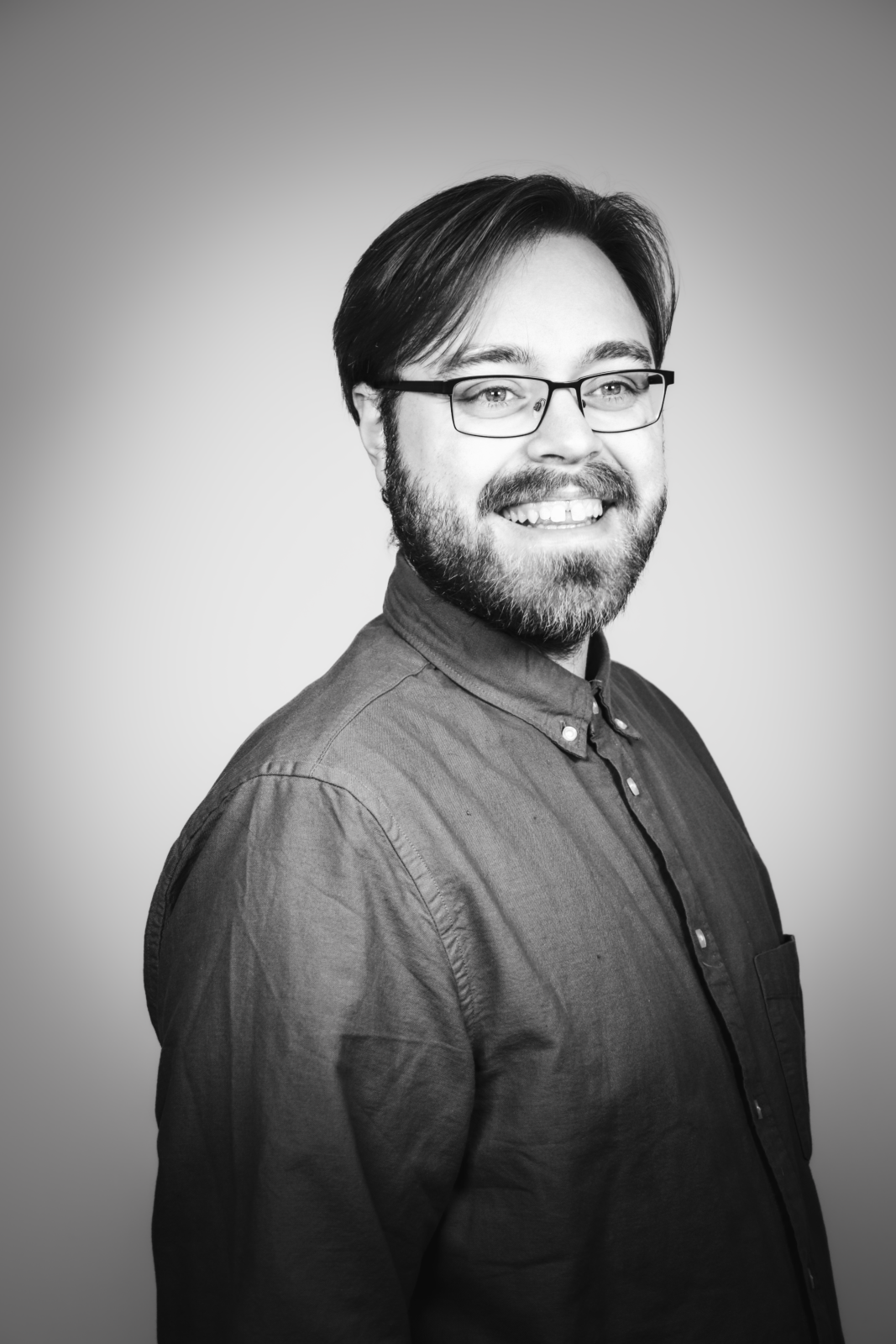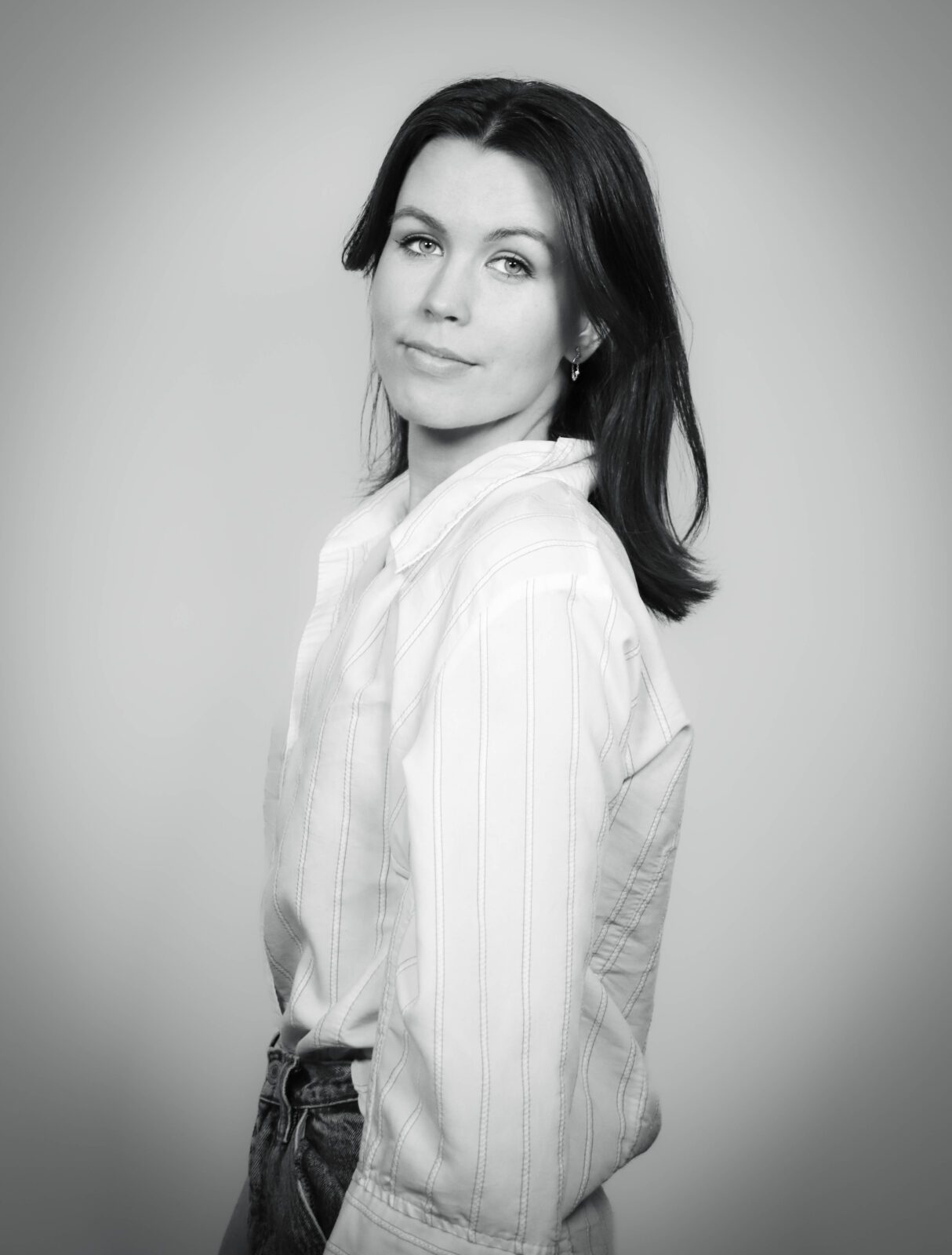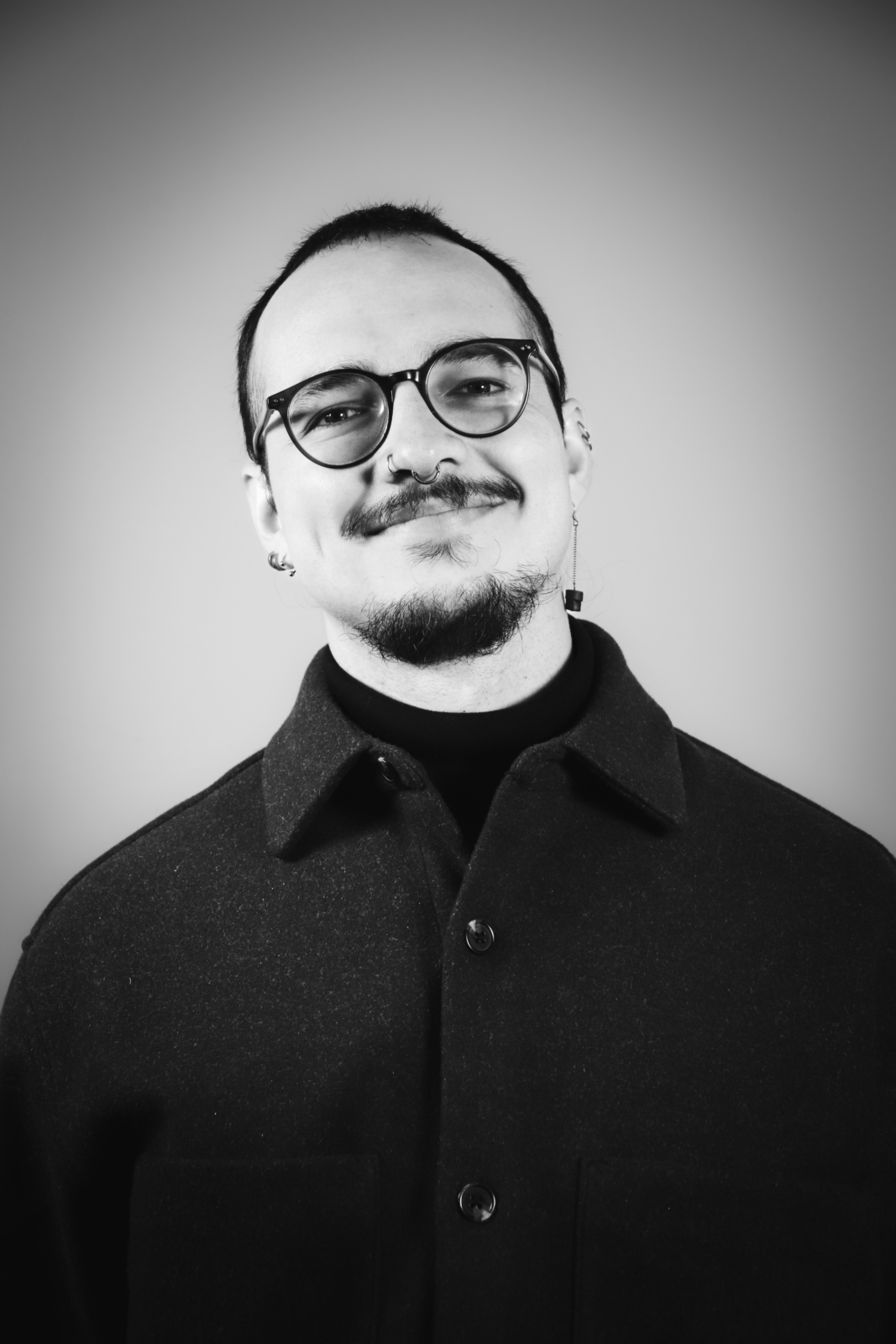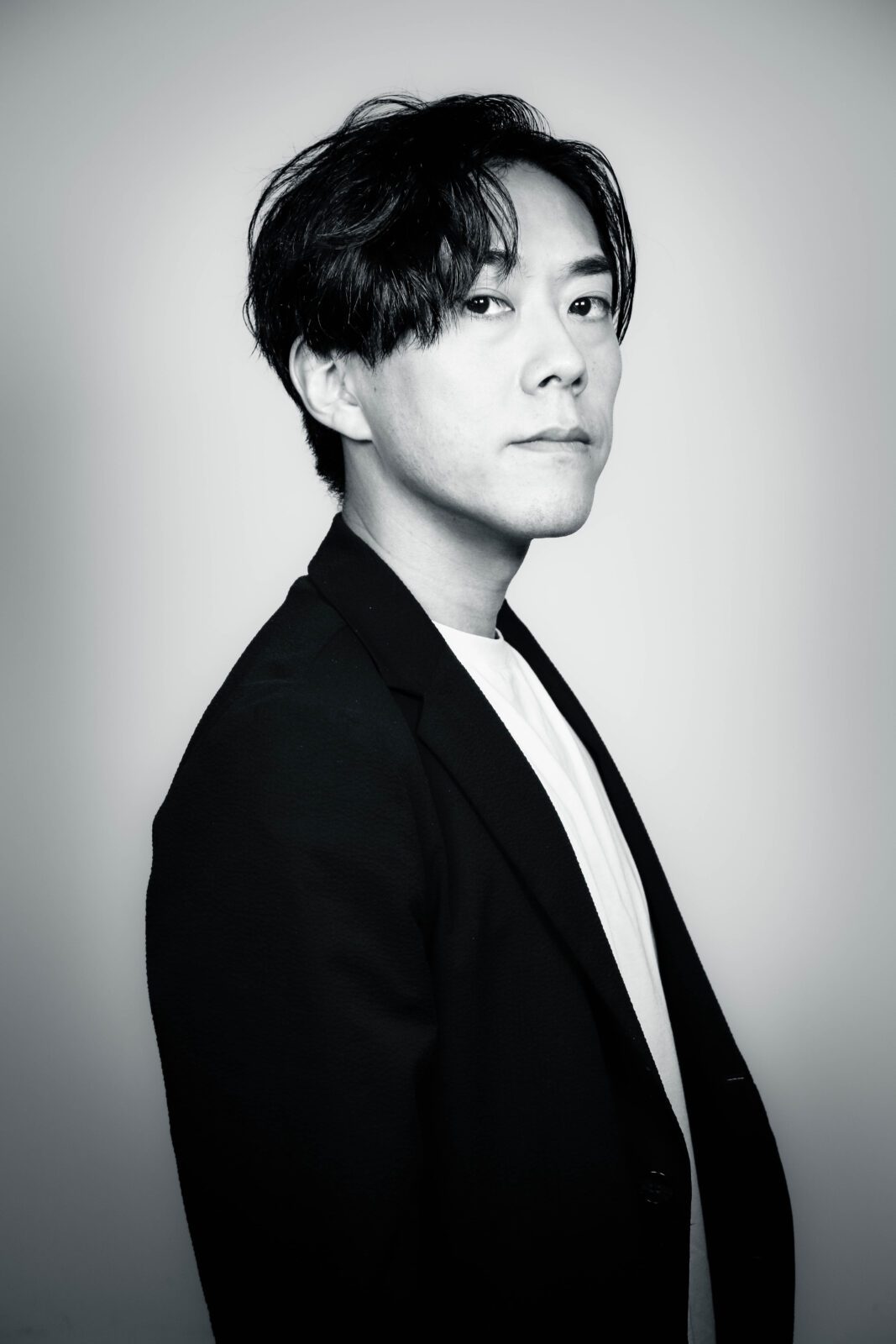Automatic translation by Google Translate.We cannot guarantee that it is accurate.
Skoða vefinn á ÍslenskuSunniva Allanic
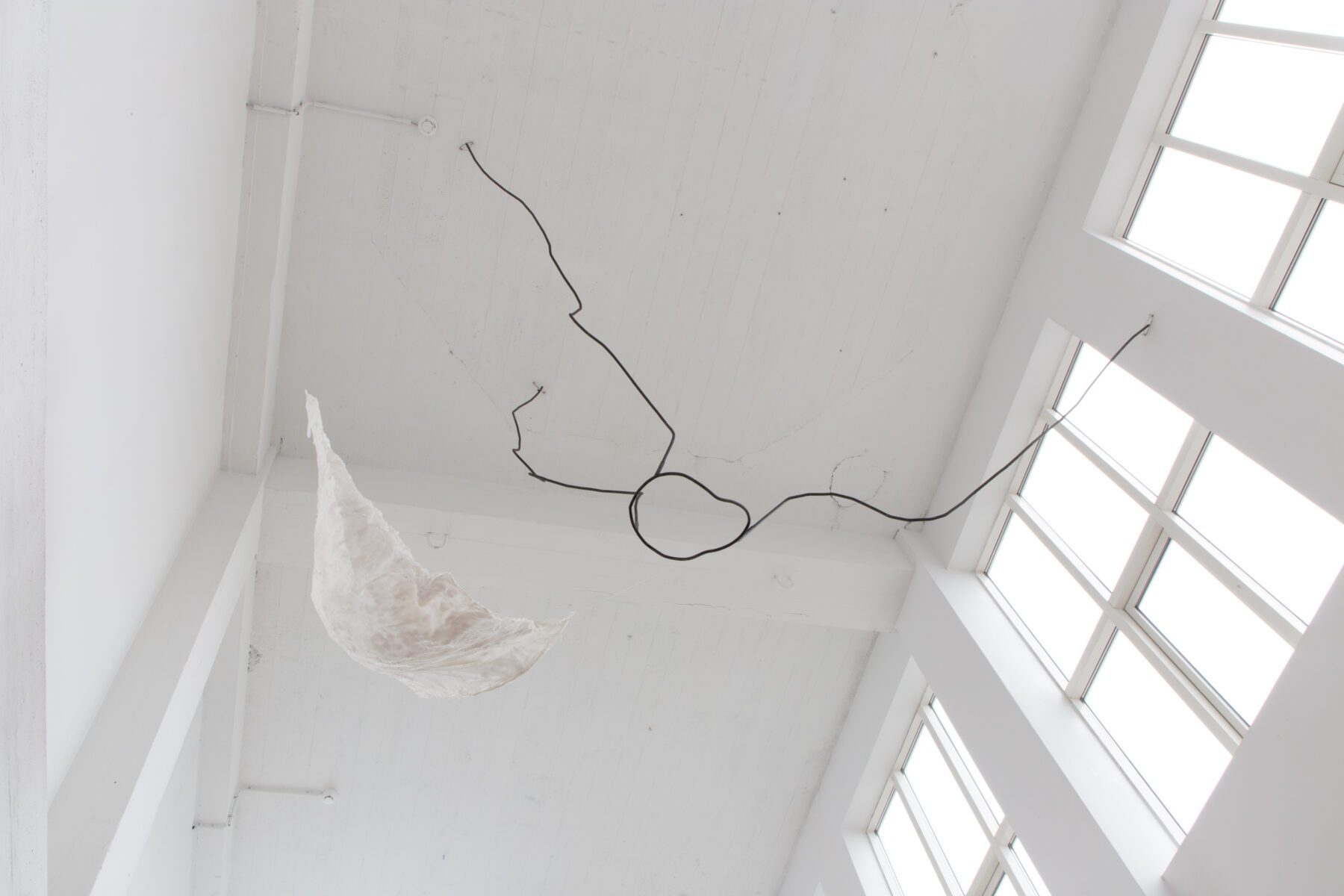
The act of bending with the wind. And in that, there is pleasure
Sculpture/installation. Steel, cloth, wax.
To lose the face is to lose a means by which others identify you, to become alien, unfamiliar. “Because, you know, the face is identity” a therapist tells Nastassja Martin (b.1986, anthropologist) after she was facially disfigured by a bear in Siberia. In the aftermath of the brutal encounter, the author of In the Eye of the Wild describes herself as “an indistinct and uncertain form.” Alongside her physical recovery, she is also confronted with the task of reconstructing her identity, to prove, to understand and redefine who she is. While French culture may view the disfigurement as the end of a life, the Even people of Kamchatka see it as the beginning of something new, an enhanced self. These contrasting perspectives underscore the subjective nature of loss, suggesting that what appears as destruction for some may be seen as transformation for others. The mutilated face becomes a storyteller, a zone of tension and exploration, an allegory for the loss of one’s image and the rupture with the world around.
On April 28, 1958, Klein presented an exhibition at the Iris Clert Gallery in Paris—an entirely empty, whitewashed space. There was nothing on display, the absence was the artwork. It invited imagination, projection, and a heightened awareness of space itself. Similarly to how the loss of facial features reveals the face’s deep role in recognition and identity, Yves Klein’s Le Vide (The Void) explores how absence can become a powerful presence. Albert Camus captured this paradox by writing in the guestbook, “avec le vide, les pleins pouvoirs” (with the void, full powers). What could be more liberating and more daunting for a creative mind than an empty space?
Photo credits: Sisters Lumière / @sisters_lumiere
